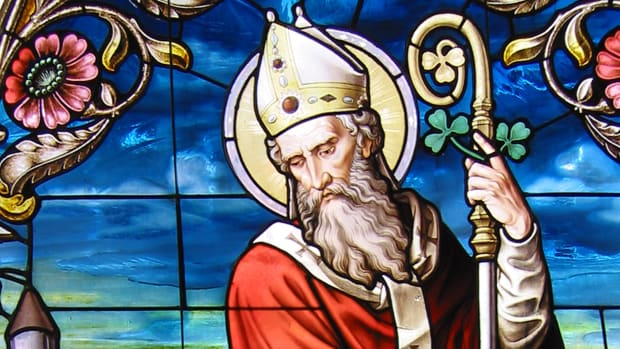Posted on March 14, 2021 View all news
Laudetur Jesus Christus! Gelobt sei Jesus Christus!
Sia lodato Gesù Cristo! Praised be Jesus Christ!
As I began a series last on Holy Week, we consider today Palm Sunday and Holy Thursday. Due to the time restraints on studying this, Palm Sunday Mass High Mass at Old St. Mary will begin at 8:45 a.m. Sacred Heart’s High Mass will start at the regular time of 11:00 a.m. I expect the Mass to last about two and a half hours. Just for your planning purposes.
Perhaps one of the most significant differences in this rite is that the color for the blessing of the palm and the Mass is violet. In the 1955 reforms, Pope Pius XII changed the color of the blessing of palm to red but kept the Mass as violet. In the Pauline reforms in 1969, the color became red entirely.
The blessing of palm in the Traditional Rites takes on the form of a Mass. There is an Introit, a Collect, Epistle, Gospel, Preface, a Sanctus, several prayers of blessing over the palm, and a sprinkling and incensation of the palm. This all occurs at the altar, like for the candles on Candlemas. This is followed by the distribution of the Palm and the Procession. This year, palm during this part will be distributed only to those in the sanctuary. Only those in the sanctuary will take part in the procession as well. In an ideal world, the blessing would occur in a separate church or oratory and then proceed to where Mass will follow. In this case, this year, the servers, choir, and priest will process around the inside of the church. Throughout the procession, the choir is chanting the antiphons.
The procession at one point will exit the church and come to the main doors of the church. Cantors will be both inside and outside, chanting back and forth the hymn Gloria, laus et honor. Once the hymn is finished, usually the Subdeacon, but in our case the celebrant, will knock on the door with the Processional Cross. From here, the procession returns to the sanctuary, and Mass will begin.
Processions were always seen within the Roman Rite as penitential acts, which is why violet is worn. Pope Benedict XVI explained in 2007 the significance of the knocking on the door with the Cross. He said: “In the old liturgy for Palm Sunday, the priest, arriving in front of the church, would knock loudly with the shaft of the processional Cross on the door that was still closed; thereupon, it would be opened. This was a beautiful image of the mystery of Jesus Christ himself who, with the wood of his Cross, with the power of his love that is given, knocked from the side of the world at God’s door; on the side of a world that was not able to find access to God. With his Cross, Jesus opened God’s door, the door between God and men. Now it is open.”
Holy Thursday is the least changed of all the rites of Holy Week. The most noticeable change is that in the pre-55 Holy Week, a Creed is said on Holy Thursday as a Feast of the Lord. On this day, the Pax was not given since it was by this sign that Judas betrayed the Lord in the Garden. Mass otherwise continues as we would expect, ending like a typical Mass. The procession then takes place to the Altar of Repose.
Following the procession, the altar is stripped. Though we will not do this particular rite, it was at this point, following the stripping of the altar, that the mandatum, the washing of the feet, was then done. There was a whole rite for this, including the reading of the Gospel from Holy Thursday.
As a reminder, it was on Holy Thursday that Christ instituted the Holy Eucharist and also established the priesthood of the New Covenant. As my last note this week, please say extra prayers for Bro. Brent & Bro. Henry as they will be ordained to the priesthood this coming Friday. Have a blessed week ahead!
